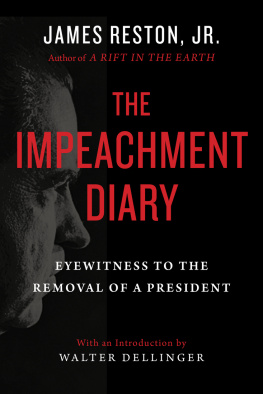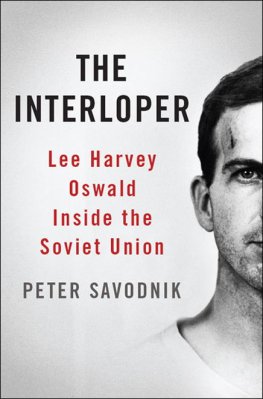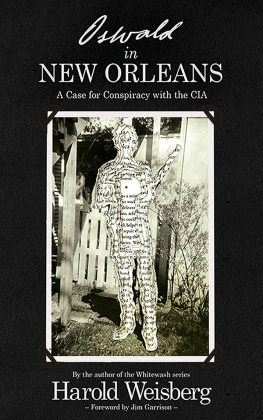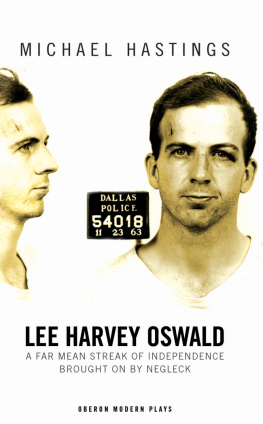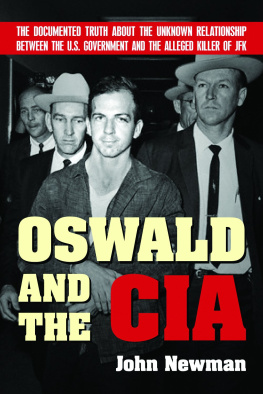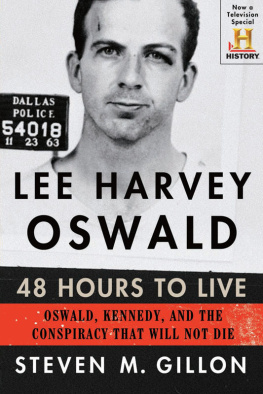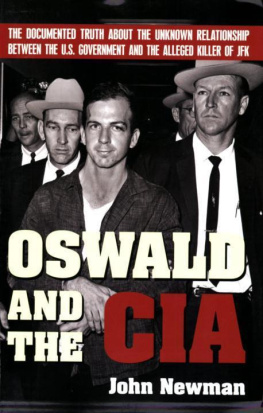praise for
james reston, jr.
The Conviction of Richard Nixon
A compact and gripping behind-the-scenes narrativeintelligent, passionate.
Matthew Dallek, Washington Post Book World
Reston has crafted a riveting memoir A welcome flashback for those still infatuated with one of Americas darkest political hours.
Los Angeles Times
[ The Conviction of Richard Nixon ] plunges us right into the unholy mind of the most disgraced presidentin US history.
Salon.com
Political history that reads like a thriller. Passionate, intelligent, entertaining, and human.
Michael Sheen, costar of Frost/Nixon
Warriors of God
Splendid and thrilling A wonderfully told story.
The New York Times Book Review
James Reston Jr. devotes his gift for words to the construction of a thrilling narrative.
The Economist
A refreshingly unbiased popular history of the Third Crusade. The Washington Post Book World
Reading this book, one sways between horror and exhilaration. The magnitude of human suffering is mind-boggling, but the warriors adventures are the stuff of boyhood fantasy.
Forbes
Remarkably intimate and engagingly detailed.
Kirkus Reviews
Fragile Innocence
A page-turning read Reston has turned the writers lens on his own family to tell this intensely personal story. Most of all, though, its the story of a fathers discovery the discovery that love trumps terror, that love finds expression despite seemingly impossible circumstances. It is, in the end, the story of a fathers love for his daughter.
Washington Post Book World
A moving memoir. People
Candida story of love and hope. Newsweek
Defenders of the Faith
A readable, enjoyable and professional popular history of a crucial era of Muslim-Christian conflict The obvious relevance of this book is the twenty-first-century challenge to the West of radical Islam. [The book has] fascinating echoes with modern conflicts and strategic dilemmas.
The Washington Times
Reston helps the lay reader grasp the root causes of religious tensions that exist to this day between Protestant and Catholic, Christian and Muslim, and Sunni and Shiite. Fast-paced and engaging, this is excellent reading.
Library Journal
Dogs of God
Engaging and highly readableThe events in Dogs of God may have taken place more than 500 years ago, but there are times when they seem chillingly, worryingly familiar.
Washington Post Book World
Colorful and readable Reston paint a vivid picture of a myriad of Christian, Jewish and Muslim characters playing out the dramas of fifteenth-century Spain.
Jerusalem Post
A vividly told narrative history. The Guardian
A highly entertaining, thoughtful and complex narrative that both introduces and analyzes a greatly misunderstood era.
Publishers Weekly
Energetic Reston brings alive the conflict between Catholic and Muslim and how the outcome still resonates today.
USA Today
The Accidental Victim
JFK, Lee Harvey Oswald, and
the Real Target in Dallas
By James Reston, Jr.
contents
| Chapter One: |
| Chapter Two: |
| Chapter Three: |
| Chapter Four: |
| Chapter Five: |
| Chapter Six: |
| Chapter Seven: |
| Chapter Eight: |
| Chapter Nine: |
| Chapter Ten: |
For Stewart Udall
Preface
T he fiftieth anniversary of the Dallas assassination of President John F. Kennedy is sure to be marked with great and solemn attention, as it deserves to be. One needs only to look at the pictures of the presidential motorcade on November 22, 1963, as it passed through the narrow streets of downtown Dallas and see the spectators reach out and nearly touch the president in his open convertible, to wonder at how the world has changed. The terrible event is one of those times, like most recently the events of 9/11, during which anyone who was alive and conscious remembers with great vividness. Back then I was a 22-year-old research assistant (and later speech writer) for Kennedys Secretary of the Interior, Stewart Udall. Udall was gone that day, flying to Japan on a trade mission with other Cabinet members. When the news came, the staff huddled around the television in the secretarys back room, listening to Walter Cronkite deliver the news, in utter disbelief and horror.
Over these five decades, a warehouse of books and articles and films has been created about the murder and the Commission that investigated it. One would think that history had come to a definite consensus. How far from the case that is! Was there one assassin or several? Was a foreign government behind the deed, or some gangster group? It has even been suggested that Lyndon Johnson, Kennedys successor, was somehow involved, or the CIA or the FBI. The theories and conjectures abound. And the farther we get from the event, the more truth seems to elude us. In a recent poll of Americans, 85% expressed belief in a conspiracy, even though no convincing evidence has been put forward to support that notion.
This book is profoundly, unabashedly anti-conspiracy. The evidence is overwhelming that Lee Harvey Oswald acted alone, with absolutely no encouragement from, or involvement with, a foreign government or a criminal organization. But the matter does not end there. Why would this wretched man with a ninth-grade education and a demonstrable admiration for President Kennedy pick up a rifle and set out on such a dastardly mission that day?
I could never accept the explanation of the august Warren Commission: that Oswald was possessed by grandiose notions and, as a convinced Marxist, hoped to bring down the U.S. government by decapitating its head. There had to be something deeply emotional in his makeup and visceral in his instincts that engaged his anger, an anger so great that it became a murderous rage.
This book sets out to find that source. It substantially elaborates on my argument about the assassination that began with a Time magazine cover story marking the twenty-fifth anniversary of Dallas, November 28, 1988, and continued with my treatment of the event in my biography of John Connally, The Lone Star , published the following year. In addition, I further develop my argument, first put forward in a 11/22/05 Los Angeles Times op-ed piece, that focuses on the critical role played by JFKs back brace in those five critical seconds along Elm Street in Dealey Plaza. In the winter of 2013, accompanied by Dr. Lawrence Altman, the distinguished medical reporter for the New York Times and my colleague at the Woodrow Wilson International Center for Scholars, I viewed that corset at the National Archives in College Park, MD, as the first writer ever to do so.
Sometimes attacking a great and significant historical event from an oblique angle can lead to astonishing surprises. That was my experience here.
Chapter One:
The Assassin
L ee H. Oswald, as he signed his letters, was a small, wiry loner, twenty-four years of age. He considered Fort Worth to be his home, and he had left it with a splash that had made front-page headlines in the Star Telegram every bit as large as those used a year later when President Kennedy appointed Fort Worth oilman John Connally to be Secretary of the Navy:
FORT WORTH MAN TO BECOME A RED
AND WRITE A BOOK?
FORT WORTH DEFECTOR CONFIRMS
RED BELIEFS
MY VALUES DIFFERENT, DEFECTOR
TOLD MOTHER
TURNCOAT HANGS UP ON MOTHER
The details were lurid and shocking. Oswald had dropped out of high school after his freshman year to join the Marine Corps. His three-year hitch in the corps began with an average qualification as a sharpshooter, proceeded through electronics and radar training, and had concluded with a tour in Atsugi, Japan, on a base from which U-2 aircraft took off for Russia.


